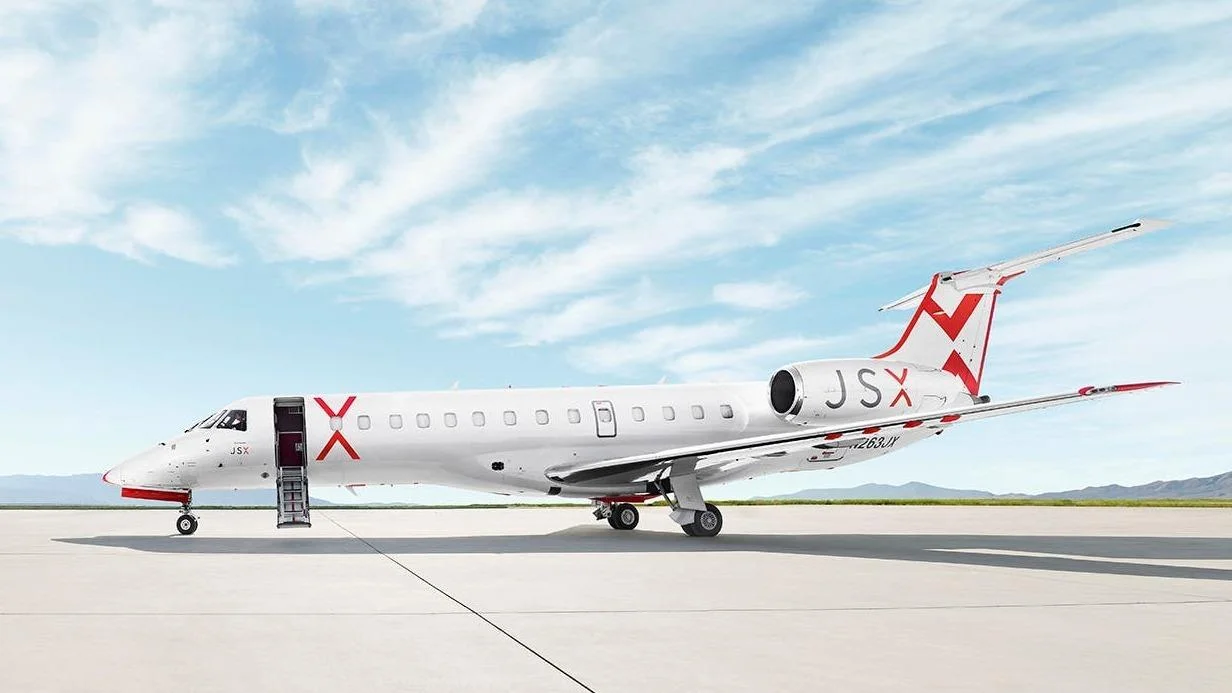Mitsubishi Heavy Industries (MHI), a prominent name in Japanese aviation, has a storied history dating back to its early days as an aircraft builder before and during World War II. Following the war, Japan's industrial conglomerates were dismantled, but by 1952, Mitsubishi resumed using its historical name and consolidated under MHI in 1964. This move positioned MHI at the forefront of Japan's aviation revival.
In the mid-1950s, MHI was instrumental in developing the YS-11 twin-turboprop airliner and later introduced the MU-2 high-wing twin aircraft. These successes paved the way for Mitsubishi to enter the general aviation market with the MU-300 Diamond business jet program in 1977.
The MU-300 Diamond featured conventional design elements with all-swept surfaces and a T-tail, powered by Pratt & Whitney Canada JT15D-4 turbofans. It could accommodate two pilots and up to eight passengers. The first prototype took flight on August 29, 1978, followed by certification in November 1981 after addressing new safety requirements.
 Alerts Sign-up
Alerts Sign-up








